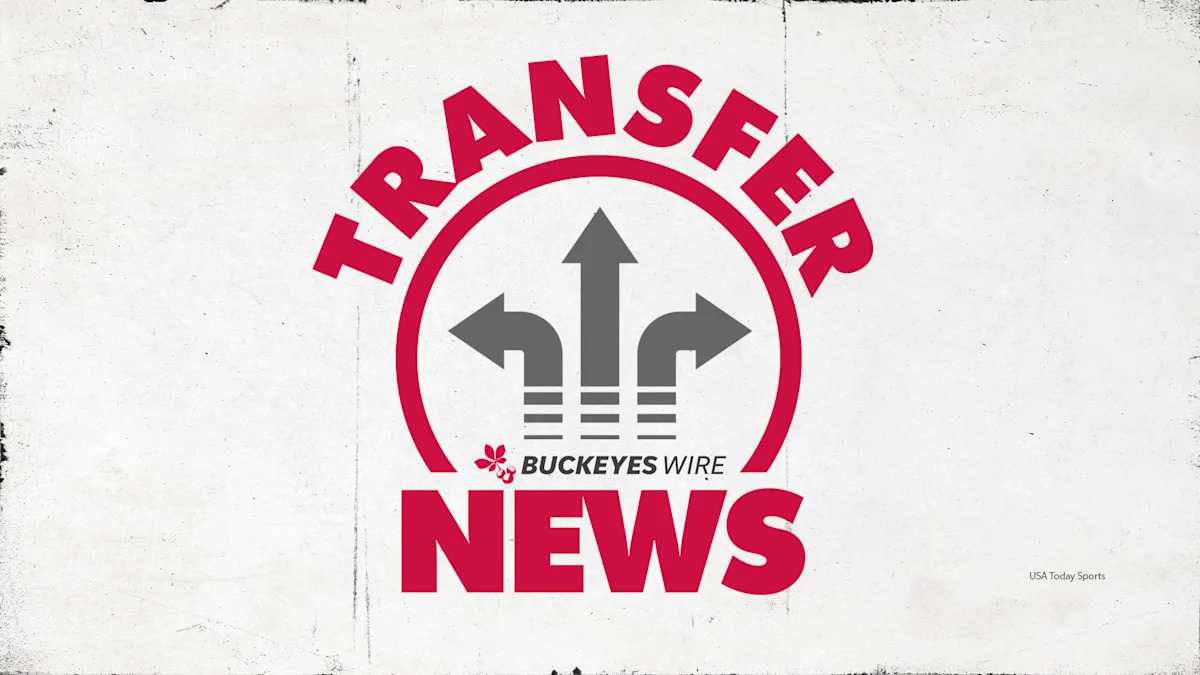(Photo Credit: Curtis Wong | SPP)
The Northern Super League is growing. The success of its inaugural season has encouraged its leaders to commence the expansion process with an eye on adding a seventh team for 2027.
“The fact that we were where we wanted to be in year one put us in a really strong position to start planning for [expansion] and hit the gas on it,” Diana Matheson, former Canadian national team player and the NSL’s founder and Chief Growth Officer, told the The Equalizer.
Winnipeg, Edmonton, Victoria and Saskatoon are the most likely markets for the expansion side, Matheson said. The league is prioritizing adding a team in central or western Canada because it’s underrepresented there and would like to build player pathways in those regions. Matheson noted that the league pays attention to — and values — what fans say on social media.
She added that the league plans to announce the new club sometime before the summer transfer window in 2026. This year, the summer transfer window opened on July 20.
“We’re looking to finish the season probably already in the top five of leagues around the world when it comes to average attendance,” Matheson said.
Attendance, television viewership, and revenues are some of the league’s Key Performance Indicators (KPIs), or target metrics, for its inaugural year. The numbers were developed in reference to other leagues around the world, and they’ve been met this season. This summer, once the season was off and running and it was clear that the KPIs had been hit, the league started laying the groundwork for expansion.
Expansion goals, near and far
Adding clubs has always been a priority for the league. In 2022, Matheson and league co-founder Thomas Gilbert dubbed their initial dream for a Canadian league — “Project 8” — in the hopes of launching a league with eight teams. The NSL ended up beginning with six, but this move toward a seven-team league is one step closer to that magic number.
Matheson said that, for now, the NSL is happy with how a seven-team season looks, as it evens out home and away games for each team — a schedule that’s impossible with a six- or eight-team league. But when the day does come to expand yet again into an eight-team league, it’ll be meaningful for Matheson. “That one might hold a special place in my heart,” she said.
Long-term, Matheson said that her original dream was to have 12 teams in the league in the next 10 years, and she still thinks that the number would allow a nice geographic spread while keeping the league manageable. But she’s not getting ahead of herself. “We’ll be making decisions year by year,” she said.
The NSL’s biggest challenge in creating new clubs is the soccer infrastructure gap in Canada. “There’s nowhere for us to play,” Matheson said. She thinks that 6,000-10,000 seat stadiums are ideal for young teams. “That’s the type of stadium in Canada that essentially doesn’t exist,” she added. “Or if it does exist, it’s got four or five tenants.” Thus, the league has to find workable short-term solutions in markets that have the potential for medium- and long-term investment.
“We want to go to the markets that are going to help us invest in infrastructure and training facilities and stadiums,” she said, adding that the league has already started conversations with some markets.
In this first season, the league has learned a lot about what kinds of stadiums work. Matheson said that if the stadium is too big for the amount of fans attending, it doesn’t feel like a great atmosphere. Other pains that come with not controlling stadiums have been difficult, too. For example, not controlling revenues, game days, kickoff times and broadcast times.
“The attendance and the viewership is affected if we don’t have these right-size stadiums, so it just impacts everything,” she said.
But the league has a creative stadium success story in the Montreal Roses, who added over 5,000 seats to the Complexe Sportif Bois-de-Boulogne in Laval, Québec, to create Stade Boréale, where they play home games. “We learned a lot from what Montreal Roses did with their temporary stadium,” Matheson said.
The league’s announcement that it’s beginning the expansion process is a callout for interested parties to initiate conversations. Matheson said that potential owners have been reaching out to the NSL for a while, but that serious discussions are only starting now. She said Whitecap Sports Group (WSG), a sports investment and advisory firm that is helping the NSL with the expansion process, has advised the league to “build out a defined process where everyone’s at the start line at the same time.”
NSL President Christina Litz, board chair Mark Cohon, representatives from the league’s ownership group, the WSG and Matheson are all part of the expansion process. The league considered multiple advisory groups to bring on, and chose WSG because it has previously worked with AFC Toronto, the National Women’s Soccer League and the USL W-League.
More than a specific number of serious bids the NSL and WSG are looking to receive, they care more about the quality of those bids. “It’s about just finding … the people that share the values and the vision of what we’re building here,” Matheson said, “but also have the financial means and the business acumen to make it happen.”
Nuts and bolts for expansion teams
WSG has helped the league work out a franchise fee, required access to capital and other criteria for interested ownership groups. They’re not making those numbers public at this time.
Once an ownership group is chosen, it’ll be up to the club to build out their roster. All drafts were precluded in the league’s standard player agreement, so the expansion side will have to go about recruiting new players just like the initial six clubs did. Matheson acknowledged that building a roster from scratch is difficult, and said the league is considering if there will be any help, financial or otherwise, given to expansion sides as they do so.
Before the introduction of a new team in 2027, and before that team is even announced in 2026, the 2025 NSL season is well underway and speeding towards playoffs. Matheson called the championship game, which will take place at BMO Field in Toronto on November 15, “a huge opportunity in Canadian women’s sports.” She hopes it will become the “women’s pro sport version of the Grey Cup, a Canadian institution that’s been around well over 100 years now.”
The Grey Cup is the Canadian Football League’s championship game. The NSL sees this opportunity because the NSL final is the only women’s professional sports final that will always happen in Canada; the Professional Women’s Hockey League and Women’s National Basketball Association have teams based in the United States.
Ultimately, Matheson thinks that Canada has the potential to be the second-best country in the world for women’s professional sports.
“We watch women’s sport at world class levels, and we’ve been doing so a decade longer than the rest of the world. I would say us and the U.S. are ahead on that,” Matheson said.
Plus, Canada has relatively high participation in girls’ and women’s sports. With the incoming Toronto Tempo of the WNBA, Canada have three professional leagues with teams in the country.
“I hope Canadians know we are world class at this, and it’s only gonna keep growing,” Matheson said. “This is gonna be hundreds and hundreds of millions of dollars in revenue every year in this country because of these industries.”
However, Matheson said that without government funding and women’s sports-specific institutions, there are lots of barriers facing that growing momentum. “There’s still very much the feeling of always swimming upstream,” she said.
There is something fans of the NSL can do to help: make themselves known.
“Make sure your fandom can be tracked in some way, because it matters,” Matheson said. “All of that matters for us to be able to continually show the data that this market is out there.”
























